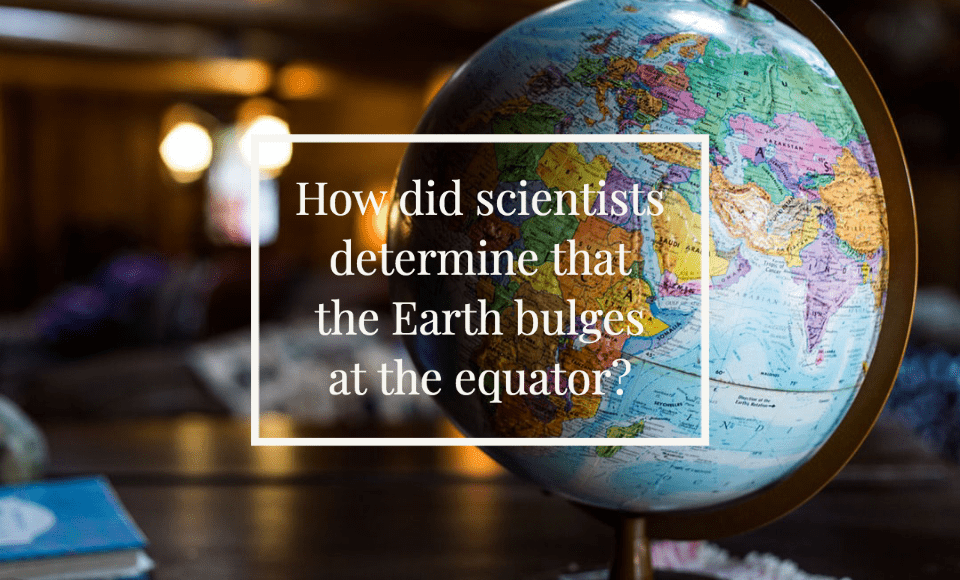As the development increases in the field of science, a lot of discoveries are made. We once used to believe that the earth is flat. Then scientists believed that the Earth is a perfect sphere. But then, they suggested that this planet has a bulge on its equator – and the proof of this bulge was obtained by the result of a scientific expedition sponsored by the French Academy of Science in 1672.
In this study, Jean Richer, a French astronomer, went to French Guiana to observe the planet Mars. During his astronomical studies of the stars, Richer noticed something different in his pendulum clock. He observed that his clock lost about 2.5 minutes per day. He was shocked because pendulum clocks depend on gravity, and they are accurate unless the force of gravity varies.
A pendulum is a mass suspended on a long wire. The wire hangs from a point so that the mass can swing freely in a circular arc. Gravity pulls the pendulum toward its rest position until gravity pulls it back toward its rest position. Thus, the pendulum swings back and forth in an arc.
The time required for the complete swing of the pendulum is called the period. This period of the pendulum depends upon the length of the pendulum wire and the gravitational attraction of the Earth.
Jean Richer knew that the length of the pendulum had not changed nor had the clock been damaged in shipment. Therefore, the difference in period must have been related to a change in the gravitational attraction of the Earth. Richer concluded that the force of gravity was weaker in French Guiana, near the equator than in Paris that is nearly 5,900 kilometers north of the equator.
Later, Isaac Newton continued this study and suggested a reason for the weaker gravitational attraction at the equator. He said that the change of gravity is because the earth bulges at the equator.
Newton then reasoned that near the equator the rotational speed of 1,600 kilometers per hour particularly overcomes the pull of gravity at the center of the Earth. This force pulling matter away from the center of the Earth is called the centrifugal force. As a result of this opposing force, matter tends to bulge outward around the equator.
In Newton’s law of gravitation, the gravitational attraction between two objects becomes less as the distance between them becomes greater. This is another reason that the gravitational attraction for bodies on the Earth’s surface is least at the equator and greatest at the poles. Hence, concluding that there is bulging at the equator of our planet.
